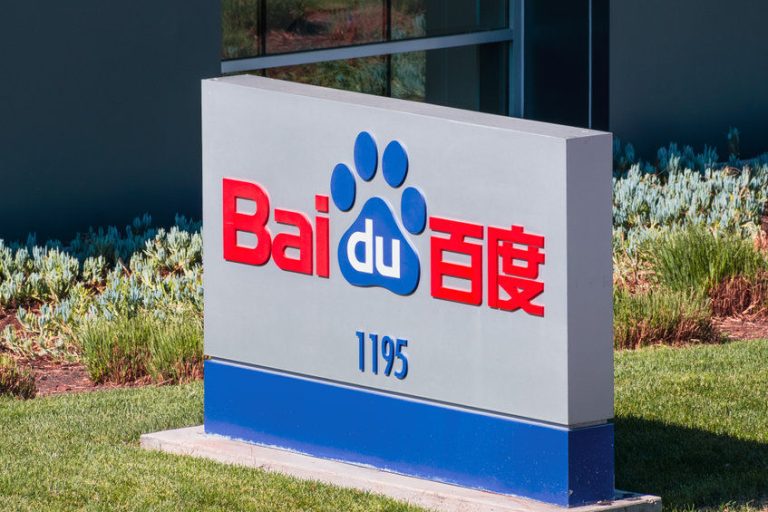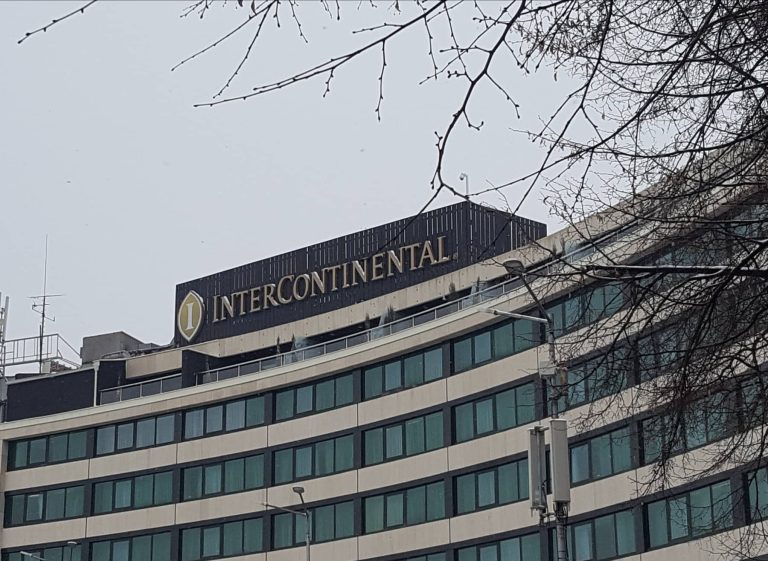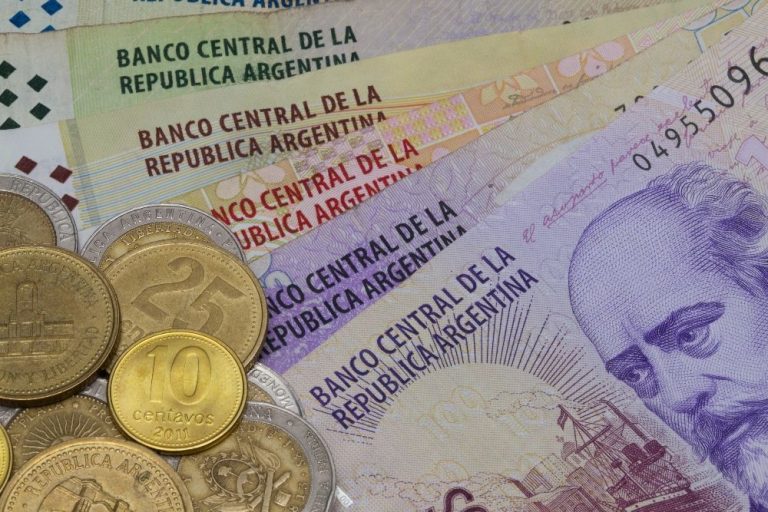Pursuit of windfall profits by big Western supermarkets on the back of low wholesale prices is causing widespread labour exploitation in the shrimp aquaculture industries of Vietnam, Indonesia, and India, a new investigation published by AP, has found.
The investigation conducted by an alliance of non-governmental organisations (NGOs) and the findings provided to the publication, focussed on the three countries which are among the largest producers of shrimp.
The analysis reveals that producers supplying shrimp to top global markets—the United States, the European Union, the United Kingdom, and Japan—have seen earnings drop by as much as 60% from pre-pandemic levels.
The drive to meet supermarket pricing demands has forced producers to cut costs, primarily through labor, resulting in unpaid overtime, wage insecurity, and work that does not meet minimum wage standards.
Report paints a stark picture of shrimp workers
Over 500 interviews were conducted with shrimp workers, supplemented by data from secondary sources, to paint a stark picture of the realities faced by laborers in these countries.
In Vietnam, the report highlights workers peeling and processing shrimp for six or seven days a week in freezing conditions to preserve product quality.
Women, who comprise about 80% of the workforce, are particularly affected. Many of them work long hours—rising as early as 4 am and returning home after 6 pm.
Pregnant women and new mothers are permitted to stop one hour earlier, but conditions remain gruelling.
In India, shrimp workers face even more hazardous conditions.
Researchers from the Corporate Accountability Lab found that the use of highly salinated water, combined with chemicals and toxic algae from hatcheries, contaminates the surrounding environment.
Child labor was also uncovered in some areas, with girls as young as 14 recruited for peeling shrimp.
Unpaid labor is widespread, and many workers are paid below minimum wage, face wage deductions, and work overtime without compensation.
Indonesia presents a similar situation, with wages that have fallen sharply since the COVID-19 pandemic.
Shrimp workers, who typically earn $160 per month—below the country’s minimum wage in most regions—are often required to work 12-hour days just to meet basic production targets.
How did supermarkets respond to the investigation?
Some of the world’s largest supermarket chains have been linked to the facilities highlighted in the report, including US retail giants Target, Walmart, and Costco, as well as Sainsbury’s, Tesco, Aldi, and Co-op in Europe.
While Switzerland’s Co-op stated that it maintains a “zero tolerance” policy for labor violations, claiming its producers are paid fair prices, other supermarkets issued more guarded responses.
Germany’s Aldi pointed to independent certification schemes used to ensure responsible sourcing of farmed shrimp, but it did not specifically address pricing practices.
Sainsbury’s deferred to the British Retail Consortium, an industry group, which reaffirmed its members’ commitment to fair pricing and ethical sourcing.
The consortium noted that the welfare of workers in global supply chains is central to purchasing practices.
The Vietnam Association of Seafood Exporters and Producers, however, strongly contested the findings, calling them “unfounded and misleading.”
It emphasized that government policies are in place to protect workers and ensure ethical practices.
Shrimp certification and the hidden labor exploitation model
A critical finding of the report was the role middlemen play in obscuring the source of shrimp, allowing Western supermarkets to maintain ethical commitments without necessarily adhering to them.
According to the report, only about 1,000 of the 2 million shrimp farms in Vietnam, Indonesia, and India are certified by recognized standards such as the Aquaculture Stewardship Council or Best Aquaculture Practices ecolabel.
Given this disparity, it is impossible for certified farms to supply enough shrimp to meet the demand of all the supermarkets claiming to purchase only ethically sourced shrimp.
This gap in certification allows labor exploitation to persist in many parts of the industry.
Can policy changes help improve labor conditions?
According to Katrin Nakamura, who authored the regional report for Sustainability Incubator, Western governments could take more aggressive steps to hold retailers accountable.
Rather than imposing tariffs on suppliers, existing antitrust laws could be used to ensure fair pricing that does not place undue pressure on producers.
She argues that such changes could protect workers while still allowing for competitive pricing for consumers.
In July 2024, the European Union adopted a directive requiring companies to address human rights and environmental issues in their supply chains.
Furthermore, officials from Indonesia and Vietnam have engaged with the report’s authors to explore potential solutions.
The report concludes by noting that the labor exploitation in the shrimp industry is not confined to specific companies or countries.
Nakamura said:
It is the result of a hidden business model that exploits people for profit.
Improving labor conditions would not necessarily raise prices for consumers but would likely reduce supermarket profit margins, she added.
The post Pursuit of profits by big supermarkets pushing shrimp farmers into exploitation, research reveals appeared first on Invezz










